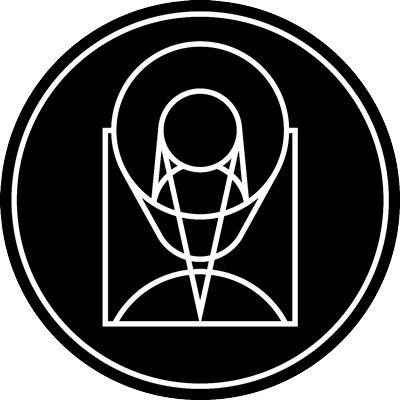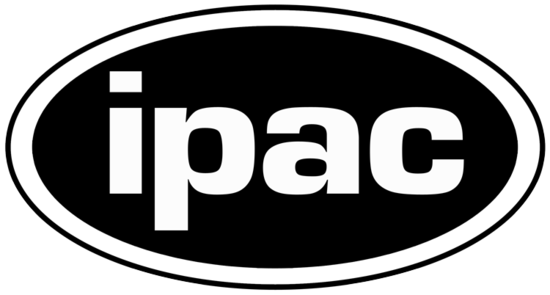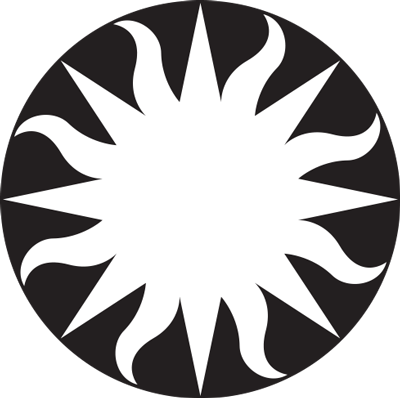Hubble Image of M101

stsci_2009-07m February 10th, 2009
Credit: NASA, ESA, K. Kuntz (JHU), F. Bresolin (University of Hawaii), J. Trauger (Jet Propulsion Lab), J. Mould (NOAO), Y.-H. Chu (University of Illinois, Urbana), and STScI
Messier 101 has a pancake-like shape that we view face-on. This perspective shows off the spiral structure that gives it the nickname the Pinwheel Galaxy. In this Hubble image, taken in visible light, the bright blue clumps are regions where new stars have formed. The yellowish core consists mainly of old stars. The dark brown dust lanes are colder and denser regions where interstellar clouds may collapse to form new stars. All of these features are shaped into a beautiful spiral pattern by a combination of gravity and rotation. Astronomers use visible light to study where and how stars form in spiral galaxies.
Provider: Space Telescope Science Institute
Image Source: https://hubblesite.org/contents/news-releases/2009/news-2009-07
Curator: STScI, Baltimore, MD, USA
Image Use Policy: http://hubblesite.org/copyright/

- ID
- 2009-07m
- Subject Category
- C.5.1.1
- Subject Name
- M101, NGC 4547, The Pinwheel Galaxy
- Credits
- NASA, ESA, K. Kuntz (JHU), F. Bresolin (University of Hawaii), J. Trauger (Jet Propulsion Lab), J. Mould (NOAO), Y.-H. Chu (University of Illinois, Urbana), and STScI
- Release Date
- 2009-02-10T00:00:00
- Lightyears
- 21,800,000
- Redshift
- 21,800,000
- Reference Url
- https://hubblesite.org/contents/news-releases/2009/news-2009-07
- Type
- Observation
- Image Quality
- Good
- Distance Notes
- Facility
- Hubble, Hubble, Hubble
- Instrument
- ACS/WFPC2, ACS/WFPC2, ACS/WFPC2
- Color Assignment
- Grayscale, Grayscale, Grayscale
- Band
- Optical, Optical, Optical
- Bandpass
- B, V, I
- Central Wavelength
- 435, 555, 814
- Start Time
- Integration Time
- Dataset ID
- Notes
- Coordinate Frame
- ICRS
- Equinox
- Reference Value
- 210.76050104577, 54.34032252248
- Reference Dimension
- 4241.00, 3794.00
- Reference Pixel
- 2892.37259707030, 909.18828751470
- Scale
- -0.00001386020, 0.00001386020
- Rotation
- -54.70459296480
- Coordinate System Projection:
- TAN
- Quality
- Full
- FITS Header
- Notes
- World Coordinate System resolved using PinpointWCS 0.9.2 revision 218+ by the Chandra X-ray Center FITS X FITS Y EPO X EPO Y 545.54 886.27 2716.52 1094.54 676.47 825.21 2966.72 1238.50 731.06 924.97 2866.76 1443.36 817.98 721.69 3295.02 1352.30 Center Pixel Coordinates: 2120.50 210.79033525218 1897.00 54.33938195188
- Creator (Curator)
- STScI
- URL
- http://hubblesite.org
- Name
- Space Telescope Science Institute Office of Public Outreach
- outreach@stsci.edu
- Telephone
- 410-338-4444
- Address
- 3700 San Martin Drive
- City
- Baltimore
- State/Province
- MD
- Postal Code
- 21218
- Country
- USA
- Rights
- http://hubblesite.org/copyright/
- Publisher
- STScI
- Publisher ID
- stsci
- Resource ID
- STSCI-H-p0907m-f-4241x3794.tif
- Resource URL
- https://mast.stsci.edu/api/latest/Download/file?uri=mast:OPO/product/STSCI-H-p0907m-f-4241x3794.tif
- Related Resources
- Metadata Date
- 2022-07-06T00:00:00
- Metadata Version
- 1.2
Detailed color mapping information coming soon...











